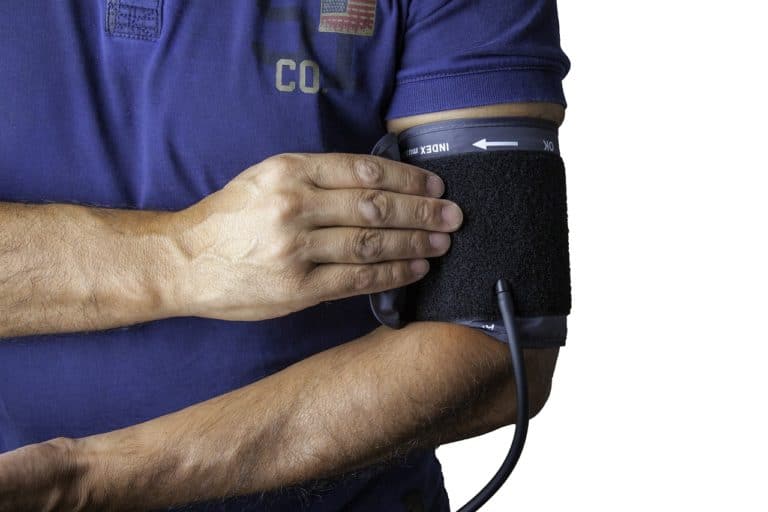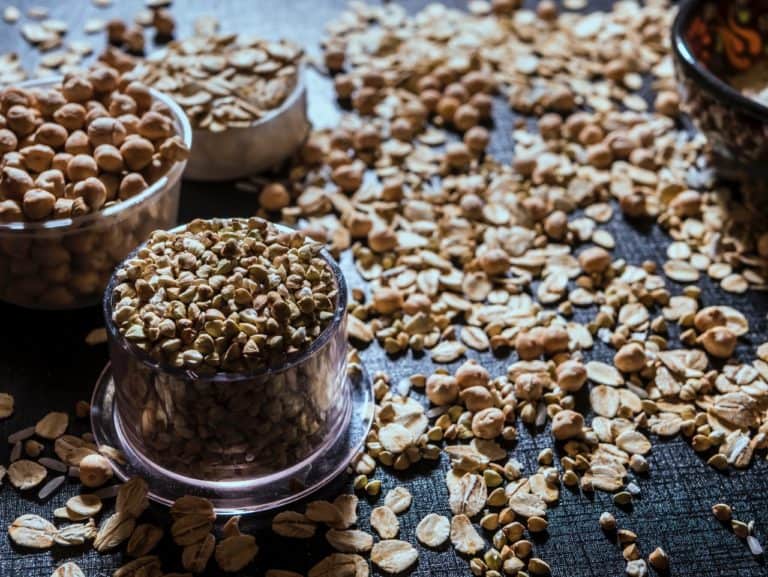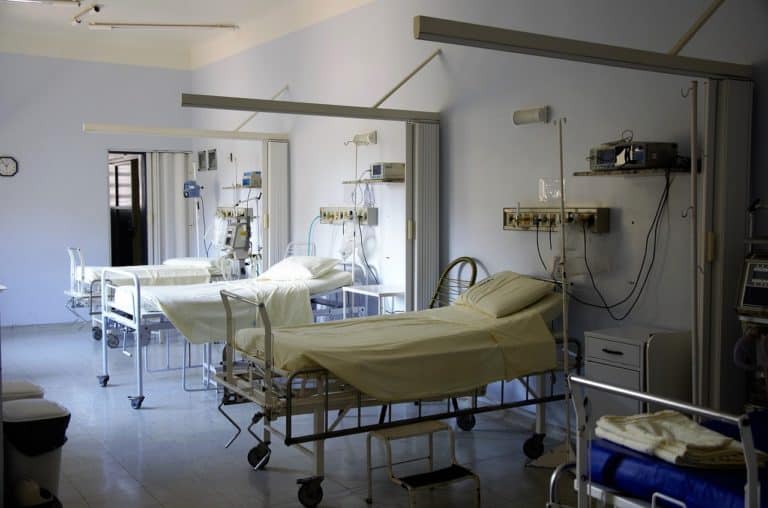It’s October, and that means once again it’s breast cancer awareness month. It’s easy to remember this fact, given all the pink ribbons and the pink events filling calendars across the country during October. But in the midst of all the consciousness raising, don’t forget men!
Men may not have celebrities such as Suzanne Somers, Gloria Steinem and Olivia Newton John to help raise awareness of the disease (although men do have actor Richard Rountree of Shaft fame, who was diagnosed with breast cancer in 1993 and who underwent successful breast removal and chemotherapy). But that does not mean breast cancer in men is any less serious than it is in women, even though it is far less common. Recent breast cancer statistics report that an estimated 2,190 men will be diagnosed with breast cancer in 2012, and about 410 men will lose their lives because of the disease.
Do men get breast cancer
The breast tissue cells in men are less likely to develop breast cancer than they are in women, and the reason is hormones. While a female’s ovaries produce hormones (estrogens) that promote the growth of ducts and lobules (which make milk) in the breast, a man’s testicles reign supreme over their hormones, which prevent the development of breast tissue, ducts, and lobules. Men are not completely safe from the ravages of breast cancer, however, even though experts are not entirely certain what causes the disease in men.
Several different forms of breast cancer can develop in men. The most common type is known as invasive ductal carcinoma, and it develops in the ducts and then spreads into the breast’s fatty tissue. In some cases, the cancer then metastasizes (spreads) to other areas of the body as well.
About 80 percent of male breast cancer cases are invasive ductal carcinoma. Approximately 10 percent of breast cancer in men does not spread beyond the ducts or outside the duct walls. This form is called ductal carcinoma in situ, and it is typically cured with surgery.
The rest of the approximately 10 percent of breast cancer cases in men may develop as Paget disease of the nipple, inflammatory breast cancer, or invasive lobular carcinoma, among others.
Risk factors for breast cancer in men
Men and the women who love them should be aware of the risk factors for breast cancer in men.
- Age: The average age of diagnosis of breast cancer in men is 68, but that doesn’t mean it can’t develop in younger men.
- Family history: About 20 percent of men who develop breast cancer have a close male or female relative who also has the disease.
- Obesity: Men who are obese have high levels of fat cells, which transform male hormones into estrogens and thus raise the risk of breast cancer.
- Radiation exposure: Men who have been exposed to chest x-rays or other radiation in the past have an increased risk.
- Alcohol use: Drinking too much alcohol can raise the risk of breast cancer in men.
- Inherited gene mutations: Men who have inherited mutations of the breast cancer susceptibility gene 1 or 2 (BRCA1 or BRCA2 genes) have a higher risk of breast cancer.
- Liver disease: Men with liver disease may be at greater risk because the liver is involved with the breakdown of sex hormones and result in higher than normal estrogen levels.
- Obesity: Fat cells transform male hormones into estrogens, and so men who are obese have higher levels of these hormones, which in turn may increase their risk of breast cancer.
- Testicular conditions: Undescended testicles, lack of testicles (due to surgical removal), and men who get mumps as adults may be at greater risk of breast cancer.
- Klinefelter syndrome: About 1 in 1,000 men have this rare congenital condition, which is characterized by abnormally high estrogen levels and abnormally low male hormone levels.
Could you have breast cancer?
Have you noticed an unusual lump or growth in your chest? Although chances are good the abnormality is not serious, that doesn’t mean you should ignore it. If you develop any abnormal swelling of the breast or any of the other signs of breast cancer listed below, see your healthcare professional as soon as possible.
- Appearance of a lump or swelling in the breast, which may or may not be painful
- Puckering or dimpling of the skin on the breast
- Scaly or red nipple or breast skin
- Discharge from the nipple
- Retracted nipple (nipple that turns inward)
It’s important to know that while breast cancers in men are usually smaller than those that develop in women, the cancer can spread farther and more quickly because men have less breast tissue. So don’t put off that doctor’s visit.
Treating breast cancer in men
The treatment of choice for most men who develop breast cancer is some form of surgery, or mastectomy, to remove the cancer. Depending on the severity of the breast cancer, men may have just the tumor removed or the lymph nodes under the arm may be removed as well. Advanced breast cancer may also require a surgeon to remove the chest wall muscles under the chest.
Men have other treatment options as well, including radiation, hormone therapy, chemotherapy, and targeted therapy, which are drugs that target changes in the genes. Any of these treatments can be given either before or after mastectomy as a way to help reduce the risk the cancer will come back after surgery, or as a way to treat recurring breast cancer.
Doctors often not only treat a man’s breast cancer but some of the serious complications as well. One such treatment is the drug denosumab (Prolia), which reduces a man’s risk of fractures, strengthens the bones, and helps with bone pain, a frequent occurrence in men with metastatic breast cancer. Another option are drugs called bisphosphonates (e.g., zoledronic acid [Zometa], pamidronate [Aredia]), which provide the same benefits as denosumab but are usually not as effective.
Is it breast cancer or man boobs?
Why am I talking about man boobs in an article covering breast cancer? Because man boobs, also known as gynecomastia, is a common condition that often appears as a swelling or small tissue mass on a man’s chest under the nipple and areola. Sound like breast cancer? In more severe cases, gynecomastia causes a man’s breasts to grow larger. Although gynecomastia is not serious, it can be embarrassing for some men. However, when an abnormal swelling or lump appears, the best way to know whether it is gynecomastia or breast cancer is to see a healthcare professional.
The most common cause of gynecomastia is a hormone imbalance usually caused by an imbalance of hormones, and in men that imbalance frequently is associated with steroid use or hormone therapy for prostate cancer. Some of the other causes of gynecomastia will sound familiar: obesity, liver disease, Klinefelter syndrome, and use of certain medications, such as those used to treat high blood pressure, heart failure, and ulcers.
Raising awareness of breast cancer includes how is can affect both men and women. Although breast cancer in men may be rare, it is a serious and sometimes lethal disease that can be identified early if men (and women) know how to recognize the signs and then seek professional medical attention.







